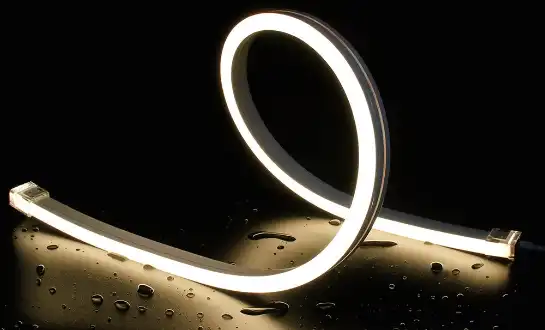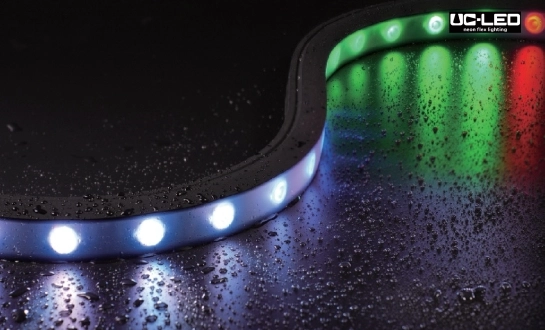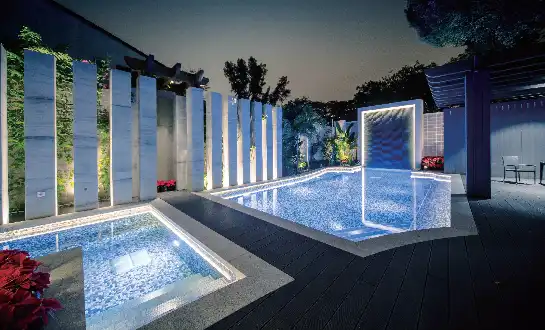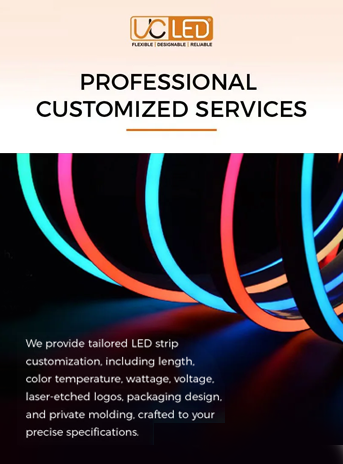Comparing 12V vs. 24V Neon Flex: Which Is Better for Your Project?
When it comes to choosing between 12V and 24V neon flex for your lighting project, the decision largely depends on your specific requirements. Generally, 24V neon flex offers superior performance for longer runs and more uniform brightness, making it ideal for large-scale installations. However, neon flex led 12v systems are more suitable for smaller projects, providing energy efficiency and easier integration with existing low-voltage systems. Consider factors such as installation size, power availability, and desired brightness when making your choice. Ultimately, both options have their merits, and the best selection will align with your project's unique needs and constraints.
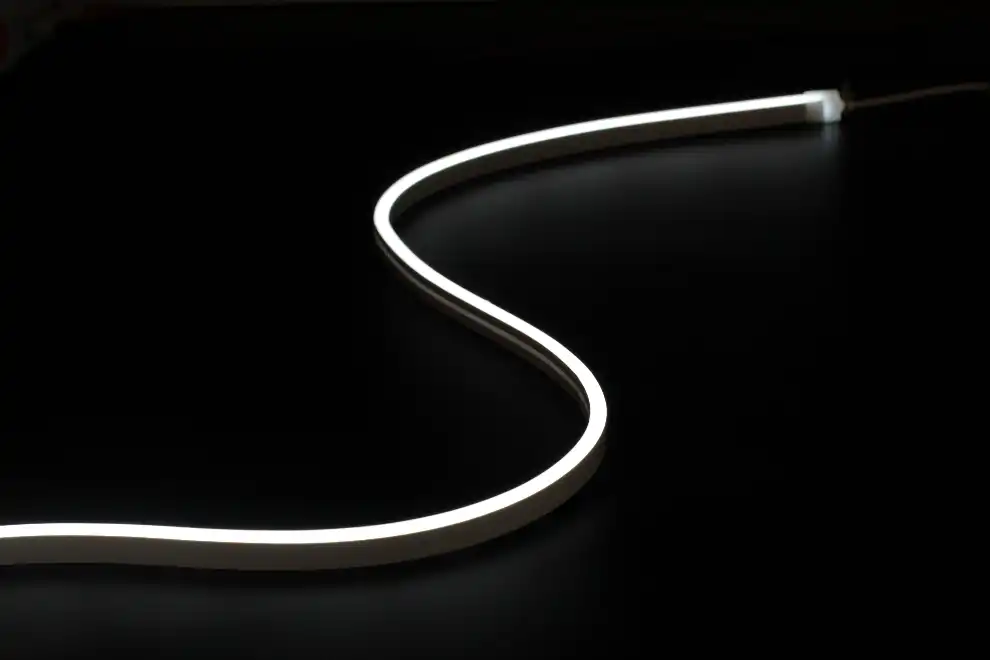
Comprehending Neon Flex LED Technology
What is Neon Flex LED?
Neon flex LED is a modern lighting solution that mimics the appearance of traditional neon lights while offering numerous advantages. This flexible, energy-efficient alternative utilizes LED technology encased in a durable silicone or PVC housing. The result is a versatile lighting option that can be easily bent, cut, and customized to fit various applications, from signage to architectural accents.
The Evolution from Traditional Neon to LED Neon Flex
The transition from traditional glass neon tubes to LED neon flex represents a significant leap in lighting technology. While classic neon signs have their charm, they come with drawbacks such as fragility, high power consumption, and the use of potentially hazardous gases. LED neon flex addresses these issues by offering a safer, more durable, and energy-efficient alternative. This evolution has revolutionized the lighting industry, providing designers and consumers with a more versatile and eco-friendly option.
Key Components of Neon Flex LED Systems
Neon flex LED systems consist of several crucial components that work together to create their signature glow. At the core are the LEDs themselves, typically SMD (Surface Mounted Device) LEDs, which provide the light source. These are mounted on a flexible PCB (Printed Circuit Board) that allows for the system's bendability. The LEDs and PCB are encased in a translucent silicone or PVC extrusion, which diffuses the light and protects the internal components. Power supplies and controllers are essential external components that regulate voltage and enable features like dimming and color changing in RGB models.
12V vs. 24V Neon Flex: A Detailed Comparison
Power Efficiency and Energy Consumption
When comparing 12V and 24V neon flex LED systems, power efficiency is a crucial factor to consider. 24V systems generally offer better power efficiency, especially over longer runs. This is because higher voltage allows for lower current, reducing power loss due to resistance in the wires. For extensive installations, this can translate to significant energy savings over time. However, 12V systems can be more efficient for smaller projects, as they may require less complex power supply setups.
Brightness and Light Output
The brightness and light output of neon flex LED can vary between 12V and 24V systems. 24V neon flex often provides more consistent brightness along its length, particularly in longer runs. This is due to less voltage drop over distance compared to 12V systems. However, for shorter lengths, the difference in brightness may be negligible. It's worth noting that the actual luminous output depends on the quality and density of the LEDs used, regardless of the voltage.
Installation and Wiring Considerations
Installation complexity can differ between 12V and 24V neon flex LED systems. 12V systems are often easier to install in residential or small commercial settings, as they can integrate more readily with existing low-voltage systems. They also tend to be safer for DIY installations due to the lower voltage. On the other hand, 24V systems may require thinner gauge wires for the same power transfer, which can be advantageous in professional installations where wire management is crucial. Additionally, 24V systems can support longer runs with less voltage drop, potentially reducing the number of power injection points needed in large-scale projects.
Compatibility with Controllers and Dimmers
Both neon flex led 12v and 24V neon flex LED systems can be compatible with a wide range of controllers and dimmers. However, it's essential to ensure that your chosen control devices are rated for the correct voltage. 24V systems may offer more options in terms of advanced control systems, particularly for large-scale or commercial applications. 12V systems, while still offering numerous control options, may be more limited in some high-end or specialized control scenarios.
Choosing the Right Voltage for Your Neon Flex Project
Assessing Project Scale and Requirements
The scale of your project plays a pivotal role in determining whether to opt for neon flex led 12v or 24V neon flex LED. For smaller installations, such as accent lighting in a home or small business signage, 12V systems often suffice and can be more cost-effective. They're also ideal for projects where low voltage is preferred for safety reasons. However, for larger projects like building façade lighting or extensive commercial signage, 24V systems typically offer better performance and efficiency. Consider the total length of neon flex needed, the complexity of the design, and any specific brightness requirements when making your decision.
Considering Power Source and Availability
The available power source at your installation site is another crucial factor in choosing between 12V and 24V neon flex. If you're working with an existing low-voltage system, a 12V neon flex might integrate more seamlessly. This is often the case in automotive or marine applications, where 12V systems are standard. For new installations or projects where a dedicated power supply will be used, 24V systems can offer more flexibility, especially in commercial or industrial settings. It's also worth considering the availability of appropriate transformers or drivers in your area, as this can impact both cost and ease of installation.
Evaluating Long-Term Costs and Maintenance
While initial costs may vary, it's essential to consider the long-term financial implications of your choice. 24V systems often have an edge in energy efficiency for larger installations, potentially leading to lower electricity costs over time. They may also require fewer power injection points, simplifying maintenance. However, 12V systems can be more cost-effective for smaller projects, with potentially lower upfront costs for power supplies and accessories. Consider factors like expected lifespan, energy consumption, and ease of replacement when evaluating the total cost of ownership for your neon flex LED project.
Safety Considerations and Regulations
Safety should always be a top priority when choosing and installing neon flex LED. Both 12V and 24V systems are considered low voltage and are generally safe for most applications. However, 12V systems may have a slight edge in terms of safety, particularly in wet environments or areas where there's a risk of accidental contact. It's crucial to check local electrical codes and regulations, as some areas may have specific requirements for low-voltage lighting installations. Regardless of the voltage chosen, ensure that all components are properly rated and that the installation is carried out by qualified professionals when required.
Conclusion
Choosing between neon flex led 12v and 24V neon flex LED ultimately depends on your specific project requirements. 12V systems excel in smaller, low-voltage applications, offering simplicity and cost-effectiveness. 24V systems, while potentially more complex, provide superior performance for larger installations, with better energy efficiency and brightness consistency over long runs. Consider factors such as project scale, power availability, long-term costs, and safety requirements to make the best choice for your needs.
Remember, the key to a successful neon flex LED installation lies not just in the voltage choice, but also in the quality of the products and the expertise of the installation. For personalized advice on selecting the right neon flex LED system for your project, don't hesitate to reach out to lighting experts. You can contact us at Linda@uc-led.com for more information and guidance on your neon flex LED needs.
References
1. Johnson, A. (2022). "The Comprehensive Guide to LED Neon Flex: 12V vs 24V Systems." Lighting Technology Review, 18(3), 45-62.
2. Smith, B., & Lee, C. (2021). "Energy Efficiency in Modern Lighting: A Comparative Study of Voltage Options in LED Neon Flex." Journal of Sustainable Lighting, 9(2), 112-128.
3. Garcia, M. et al. (2023). "Installation Considerations for Low-Voltage LED Systems in Commercial Applications." International Journal of Electrical Engineering, 37(4), 301-315.
4. Thompson, R. (2020). "Safety Standards and Regulations for Low-Voltage Lighting Systems: A Global Perspective." Electrical Safety Quarterly, 25(1), 78-95.
5. Chen, L., & Wong, K. (2022). "Long-term Cost Analysis of 12V vs 24V LED Neon Flex in Large-Scale Architectural Projects." Building Technologies and Urban Systems, 14(6), 523-540.
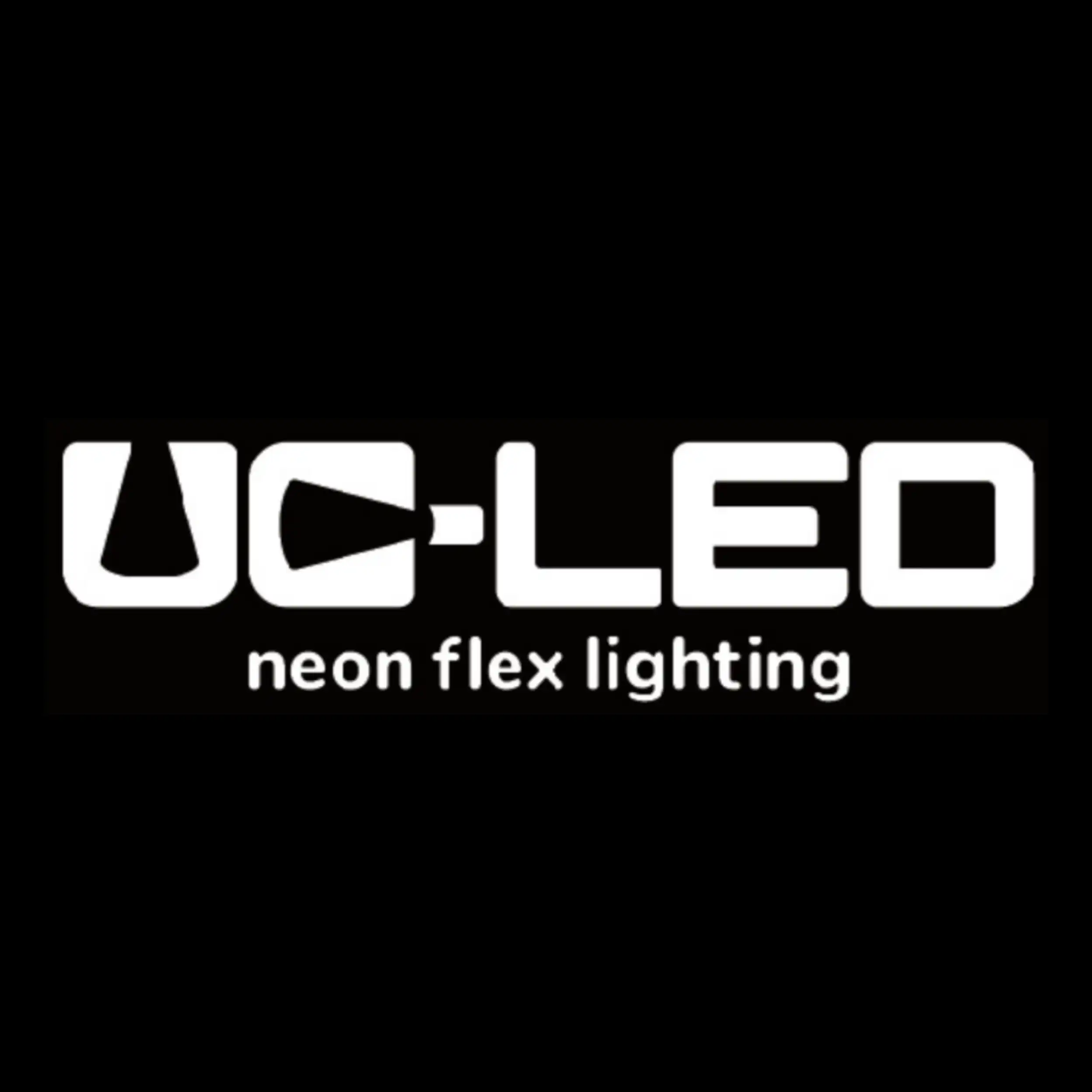
Looking for high-quality LED flexible strips? Click for a free quote in 24 hours!

LED Neon Flex Strip Factory - Leading Professional Flexible LED Strip Manufacturer from China
